In recent years, high-speed cutting has established itself as an alternative to traditional processing methods or complementary technologies, such as replacing traditional milling or EDM processes. However, experience has shown that the manufacturing process of engine and gearbox manufacturing processes or integral parts that have been considered for many years as a modern state of the art cannot be simply converted into the manufacture of tooling. Today's workpiece geometries and materials are changing every day, the required lead times are getting shorter and shorter, and the requirements for machining accuracy, surface quality and flexibility are different, which are different from previous requirements for mass production. On the other hand, the efficiency of high-speed machining is so memorable that no manufacturer can miss the attention of high-speed milling technology. High-speed cutting technology is increasingly used in mold production, small batch production of sophisticated parts, and other applications. Production managers have come to realize that this process can be successfully and effectively utilized.
Requirements for high speed machining centers
The requirements for high-speed milling components should be defined from the perspective of the end user on the one hand and from the perspective of the machining process on the other hand. For the second point, special attention should be paid. The core points that high-speed machining centers need to focus on are the dynamic characteristics of the equipment (structure, drive components), electric spindles, control systems, and automation devices.
Dynamic characteristics
The dynamics of high-speed machining centers are often reduced to machining speed and acceleration capabilities, which is in fact not comprehensive enough. It is important that the Machine acquires the dynamic characteristics of the large path switching values. The larger the path switching value, the shorter the machining time required and the longer the tool life. The basis for achieving high dynamic performance is that the various components of the machine tool should have optimum damping characteristics and the overall system is highly stable. These characteristics can be obtained by structural optimization design and selection of suitable machine materials.
For example, in the polymer concrete (artificial marble) bed developed in recent years, the vibration damping effect is greatly improved compared with the bed using cast iron material, and the damping characteristic is 10 times that of cast iron. Today, almost all manufacturers of high dynamic performance machine tools use concrete as a material for a variety of non-moving structural components, such as machine bed and beams. The impact generated by the movement of machine components with large dynamic characteristics is completely absorbed by the concrete bed.
In contrast, when manufacturing moving parts like the headstock, the pressure resistance and tensile strength of the cast iron material are more advantageous. Cast iron materials can be used to make lighter parts with superior strength and stability. Compared to conventional milling machines, the quality of moving parts on high-speed milling machines is reduced by three to five times.
Another principle of Cartesian machine kinematics is to distribute the cutting force as much as possible on the workpiece and the tool. On the one hand, we must consider the weight of the workpiece, on the other hand, we must consider the weight of the spindle, the goal is to achieve mass balance as much as possible. A machine tool for machining medium-weight workpieces is designed with this special requirement in mind. In this case, the mass distributed on the tool side and the mass distributed on the workpiece side are equal in magnitude. In this special case, the dynamic characteristics of the Y-axis are guaranteed to be quite consistent with the dynamic characteristics of the X-axis.
Today, there is an increasing interest in 5-axis high-performance, high-speed machining. In terms of the background of high-speed machining, the structural design of the machine tool is closely related to the driving mode of the rotary oscillating table. Conventional worm-gear-driven circular rotary table, its dynamic characteristics can not meet the requirements of five-axis linkage high-speed cutting. Rotary tables with direct drive technology provide feed speed and acceleration that match the linear axis and even provide parameters superior to linear axis performance. Another benefit of using a direct drive rotary table is that there are no consumables in the drive. Therefore, five-axis simultaneous high-speed machining with significant processing efficiency is achieved.
One of the basic dynamics of high-speed machining is the ability to reach the feed rate set in the program as quickly as possible. The acceleration and switching values ​​required for this purpose are provided by a high power digital drive. Achieving high feed rates and feed accelerations can be achieved either by a large pitch ball screw and an AC servo motor, or directly by a linear motor. The choice of which drive method to ultimately choose is only proven by practice. In fact, two different driving methods have their own advantages and disadvantages. The technical methods, feed rates, accelerations and switching values ​​are still subject to the requirements for improving the machining accuracy of the parts. At present, there is no urgent requirement in the market to replace the already mature ball screw technology with linear motor technology.
For various designs based on spherical cycles, including ball screws and linear guides with rolling sliders, the initial preload is important. Only with proper preloading force can the drive system run normally, at this time the system has the highest stability, the least amount of wear and the least amount of heat generated. In addition, the ball screw needs to be fixed at both ends.
For small and medium-sized machines, the linear guides are in a centralized layout, and the farther the distance is, the better. For better inspection results, linear scales should also be mounted between linear guides as close as possible to the machining point. First, this centralized layout provides a degree of protection against contamination; second, the feed rate is symmetrically transmitted to the linear guide, and the actual recorded position is the position being machined. In order to record position and speed more accurately, a dual feedback system including a high-precision rotary encoder and a linear measuring device is used.
Electric spindle
Modern high-speed machining of the electric spindle is characterized by high speed, modern bearing materials, integral cooling circuit and HSK taper shank. An integrated circuit sensor is mounted on the electric spindle to record any vibration phenomenon, and the thermal characteristics of the electric spindle can be calculated and compensated by intelligent algorithms.
The high-power electric spindle adopts vector control technology, which is controlled by a closed control loop, which can accurately position the angular position. This approach offers some very useful advantages over conventional open-loop control loop-driven electric spindles. First, the entire speed range can be fully utilized, from 50 to 200 rpm up to the maximum speed, and a large cutting torque is obtained at low speeds. This allows thread cutting in certain conditions with high-speed spindles of over 20,000 rpm and milling with large diameter tools.
The hybrid ceramic bearing is composed of a bearing inner and outer ring made of hardened steel and a ball made of composite ceramic. Compared with the conventional steel ball bearing, the rigidity and wear resistance of the bearing are improved, the rotation precision is improved and the temperature is enhanced. Stability. Without such bearings, the life of modern electric spindles would be unimaginable. The oil and gas mixture injected directly through the outer ring of the bearing guarantees optimum lubrication and an extremely long service life. In contrast, the method of indirectly spraying the oil and gas mixture is rather unreliable because air turbulence occurs when the mixed fluid passes through the bearing cage.
The HSK interface of the nose nose and the shank has now established its role in high speed machining. Since this structure greatly improves the connection rigidity of the shank, it significantly improves the machining accuracy. By testing the ability of the SK40 and HSK-A63 to withstand radial forces, it was found that the radial disturbance of the HSK interface is half that of the SK40. Its axial elongation is reduced by about half compared to the SK interface.
One problem common to all high speed spindles is the heating problem at high speeds. The design measures are to mount the spindle bearing as close as possible to the nose of the spindle, and the elongation caused by the heat generated by the spindle is transmitted to the rear, that is, in an unimportant direction. If heat is transferred to other parts of the machine, such as the spindle slide or the shank, the machining accuracy of the workpiece is affected. Solving this problem depends on both the machine operator and the machine tool builder, because the operator can control this effect through an effective system program; the machine tool builder can calculate it through the algorithms provided by the corresponding sensors and control systems. Displacement value. Obviously, the latter solution is user friendly and therefore more advantageous. However, it should be noted here that in high-speed machining, excellent machining accuracy is the result of interaction between the operator and the system, because the system's working method is indispensable for temperature compensation of the effect of heat on the tool length. Here, it is also important for machine tool builders to add some necessary assistance, such as adding automatic laser tool measuring devices.
Vibration has a negative impact on the effective life of the spindle bearings, the life of the tool and the quality of the workpiece, so every effort should be made to avoid this. For this purpose, Mikron's electric spindles are equipped with vibration sensors for recording real-time vibrations during machining. The data about the machining process measured by these measuring devices can be displayed by the numerical control system, and the operator can use the data to optimize the machining process, for example, adjusting the spindle speed and feed rate, testing the machining results of various milling machines, Identify important processing methods and make appropriate modifications and more.
Control System
Control system technology has made great progress in recent years. Especially in the five-axis linkage high-speed machining, the most significant aspect is that the block processing time is greatly reduced. This modern state-of-the-art control technology includes compensation algorithms to balance the thermal shifts that often occur in high-speed machining, high-performance program forward-looking capabilities, and optimization of machine tool hardware in control systems.哉锒瞎 芎鸵 芎鸵 芎鸵              募 募 募 募 募 募 募 募 募
Obviously, the shorter the processing time of the block, the better. Since there is no clear guiding principle to define this time uniformly, the block processing time of different control system manufacturers cannot be simply compared with each other. In general, the number of axes moved in each line of the NC program plays a major role. The set of auxiliary commands for each NC program, such as auxiliary functions, speed or feed rate, affects the processing time of the block more or less. One of the main effects is caused by the coordinate axis transformation or the calculation of the rotation axis deviation during the 5-axis simultaneous machining. It is very important that the machine is able to operate continuously without being affected by shocks and unsmooth movements. The reason for this is that the data calculation is incomplete, the so-called "data starvation."
The effects of thermal drift on high-speed machine tools are unavoidable and can be compensated for by appropriate measures within the limits expected by the end user. Here, a sensor or software based system can be used. Software-based systems have certain advantages and are better suited to compensate for integrated errors; sensor-based systems typically only record the drift of a component, such as the drift of the nose of the spindle relative to the Z-axis.
Without powerful forward-looking features, high-speed machining will be unthinkable. The look-ahead feature can be implemented:
â—† Maintain the best shaft feed speed;
â—† Maintain the best feed acceleration;
â—† Maintain the best path transformation;
â—† Identify the corner and reduce the speed in time;
â—† Maintain the specified dynamic accuracy curve;
â—† Reduce the speed in time, so that the processing speed does not exceed the operating characteristics of the machine.
There is a popular but erroneous view that the forward-looking function with the greatest program pre-processing capability is an advantage. But in fact, the actual block preprocessing capability is determined by the forward-looking function and the dynamic characteristics of the high-speed milling center. The look-ahead function must be able to adjust the dynamics of the machine to ensure:
â–²The machine tool will never run overloaded;
â–² Always maintain the processing quality of the workpiece.
The greater the dynamic performance of the machine tool, the more accurate the machine's characteristic model in the control system, and the fewer the blocks that require proactive function for preprocessing. The most serious disadvantage of using a large number of pre-processing blocks is that the intervention process cannot be selected, and the feed rate and spindle speed are manually adjusted; because the pre-processed program is stored in the buffer and cannot be accessed and performed. Manual adjustment operation.
Effective speed, acceleration stabilization and contour conversion are another important feature of high speed machining control systems. With the same machine tool, the smooth contouring process exerts a small tilting pressure on the machine and the electronic equipment, thus increasing the maximum acceleration value and moving speed. Conversely, an unsmooth outline will not reach this.
Fault diagnosis and remote monitoring functions can be combined directly into the control system, or they can be easily implemented with an external device. These features are a prerequisite for maximum machine utilization, especially when connecting to automation equipment.
A recent trend is to actively intervene in the process through specialized techniques using adaptive sensors (adaptive control).
For example, the machining process can be optimized depending on the priority of the machining element or on the weight of the workpiece or the complexity of the tool path. The data is entered by the operator and used by an internal control system to adjust the system to suit specific processing applications. This reduces machining time, surface finish and part machining accuracy.
Automated processing
In Western industrial countries, automation systems are often used to compensate for projects with high investment and wage levels. An interface that facilitates connection to an external or integrated automation system is becoming increasingly important. At the same time, the requirements for automated systems have resulted in effective chip handling, proper tool change capabilities, pallet systems and, most importantly, production area management.
The automatic tool changer is standard equipment for all machining centers, and the capacity of the tool magazine is often slightly insufficient. Therefore, at least a tool changer having an enlarged magazine capacity should be provided for selection.
If there is no location on the horizontal surface where the chips can be collected, in order to achieve optimum chip handling requirements, a machining space is required to accommodate the falling chips for automated processing of the chips. Depending on the type of material to be processed and the application, high-speed machining should generally use compressed air or cooling liquid grease and a small amount of lubricating oil for cooling and lubrication. The necessary coolant and lubricant treatments should be installed on the machine to handle it cleanly and efficiently.
Applicable machine tools: horizontal milling machine, additive center, turning and milling compound center, lathe
Specifications: can be customized according to customer requirements
Processing range: steel, stainless steel, non-ferrous metal with an elongation of δ ≥ 10% and extrusion of internal threaded through holes or blind holes with SiO content of ≤10% aluminum-silicon alloy, high requirements for threaded bottom holes and processing conditions
We are a professional manufacture in producing Carbdie Taps. We offer a complete range of taps in carbide, CPM and HSS-E.
For thread forming taps , we provied regular stock, and we also provide customization for your designs and logo. It is important to choose a professinonal manufacture to work with you, in order to communicate every details in the design. Our reputation has been built on quality, design and service – all at a competitive price. No matter you are a agent buyer or a factory source for self-use, we will be your most trusted partner.
thread forming taps :
Product advantages: Squeeze taps, which achieve excellent surface quality while increasing the static and dynamic strength of the threads. The thread depth is unrestricted due to the elimination of chip removal, so process safety is excellent. Extrusion taps have high rigidity and wear resistance, and the processing dimensions are stable, especially when machining small diameter threads. At the same time, because the processing thread is almost the last process, its quality and stability are the first considerations! Als, high-temp alloys, hardend materials.
PRODUCT DETAIL:
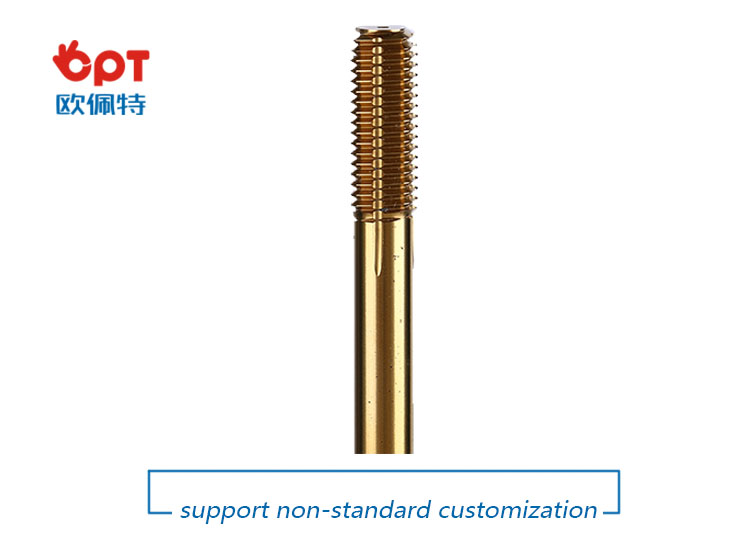
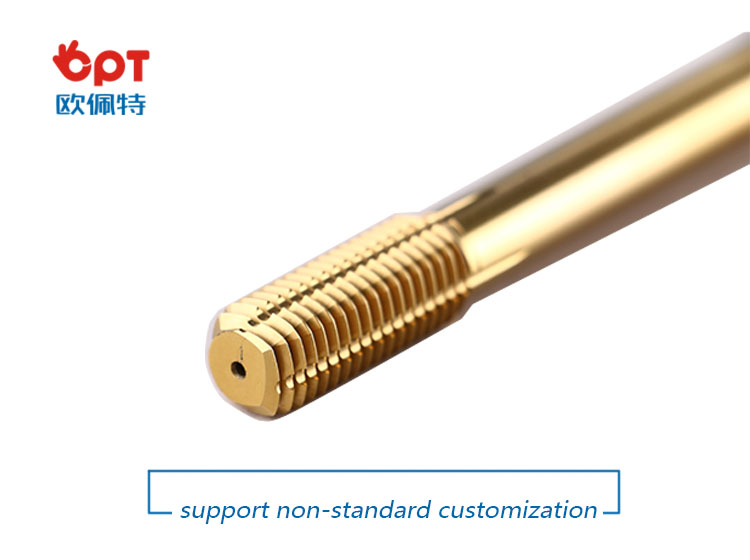
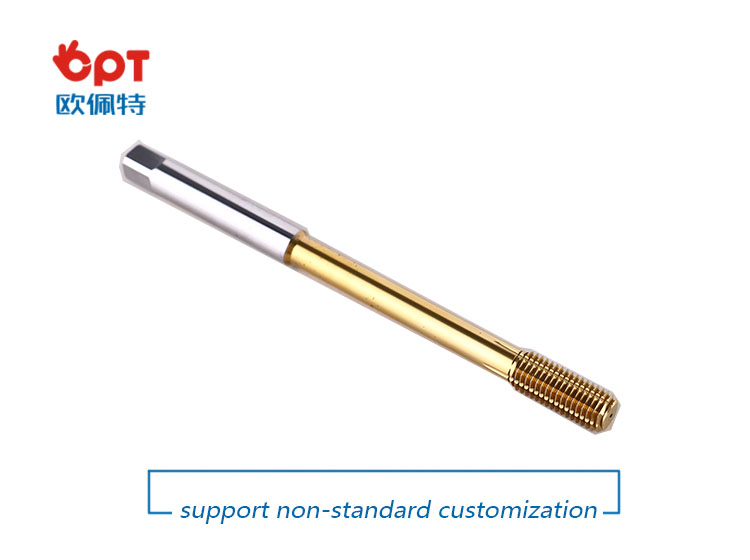
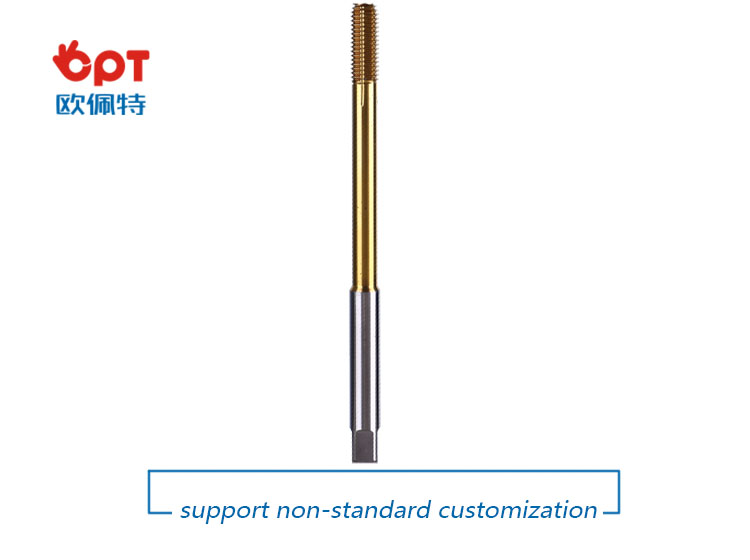
PRODUCTING PROGRESS:

PAYMENT AND DELIVERY:

PRODUCT EQUIPMENT :
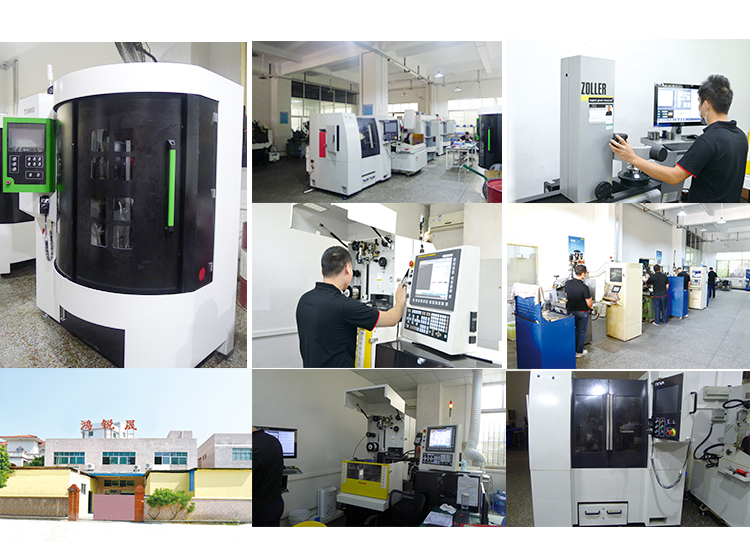
ABOUT US :
We are specialize in manufacturing PCD diamond tools and Carbide tools. Our major product inclulde PCD Inserts , PCD Reamers , PCD End Mills, PCD Taps, Cabide Inserts,Carbide Drills, Carbide Reams, Taps etc.,
We also offered customized cutting tools per drawings, and provide package according to customer requirements. We manufacture a series range of cutting tools for machining of Cast iron, Aluminium alloy and Non-Ferros metal, it is widely used in all major sectors like Automobiles, Engineering, Aerospace, Aviation and 3C industry. Premium quality of raw material is used in the production and strict examination during processing with advanced equipment, so our client are satisfied with our reliable quality and on-time delivery.
Our best selling of cutting tools include PCD Inserts, PCD End Mill, PCD Ball Nose Mill, PCD Reamer, Carbide Taps, Carbide End Mill, Special Form Cutter and many more. For these years we have been made a large forward in the technologies of manufacturing cutting tools. With high quality on performance and price, our product sells well both on domestic and overseas market. And we will always focus on the quality and best service, to make long business relationship.
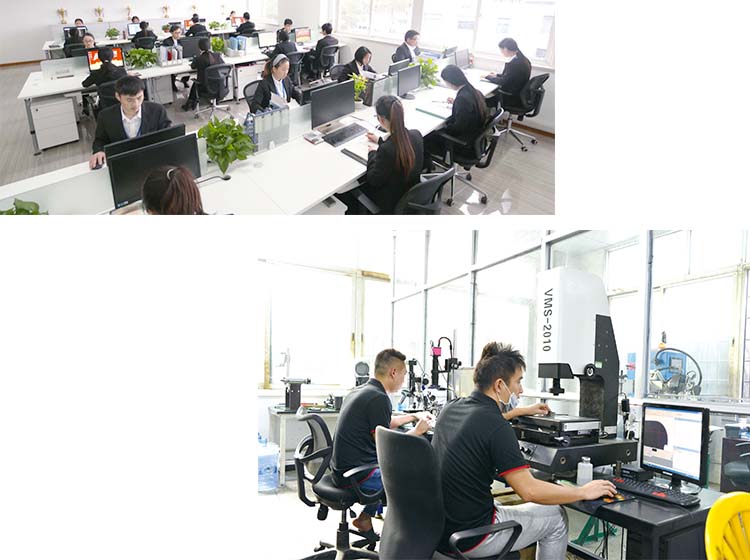
quanlity control:
We have dedicated team of quality control and precise equipment to keep good and stable performance for our products and processing services.

Thread Forming Taps,Hand Tap Set,Screw Tap Set,Hand Tap
OPT Cutting Tools Co., Ltd. , https://www.optdiamondtools.net
